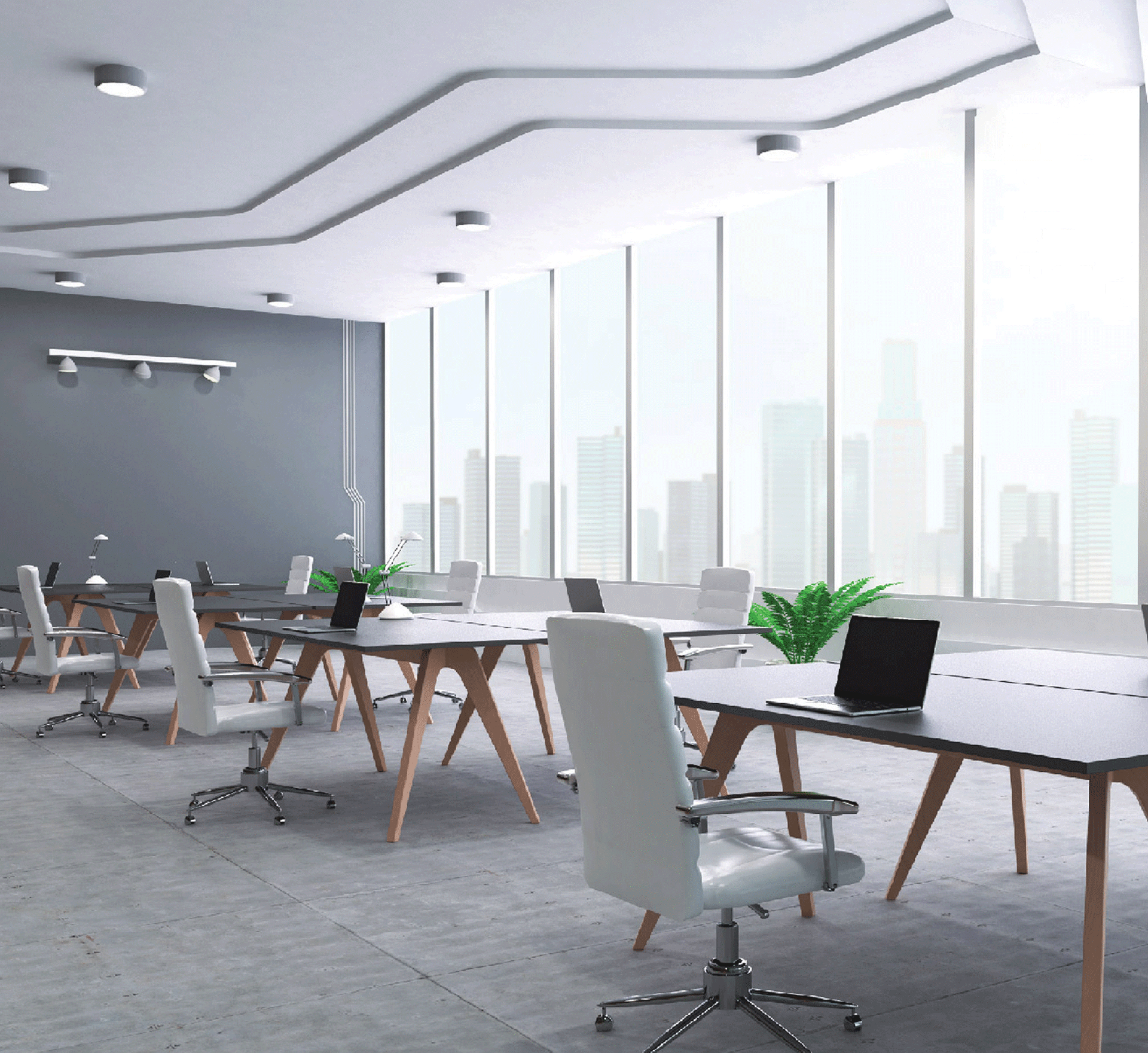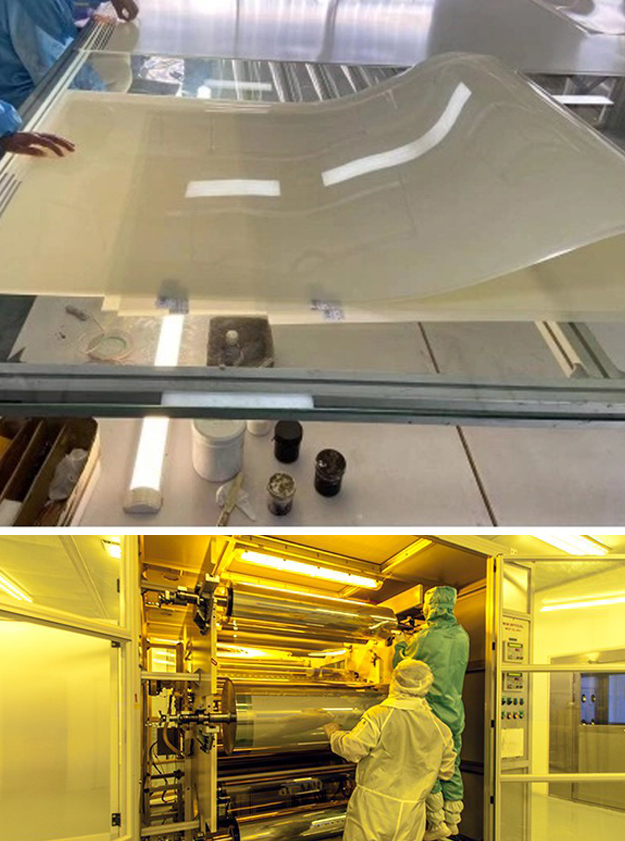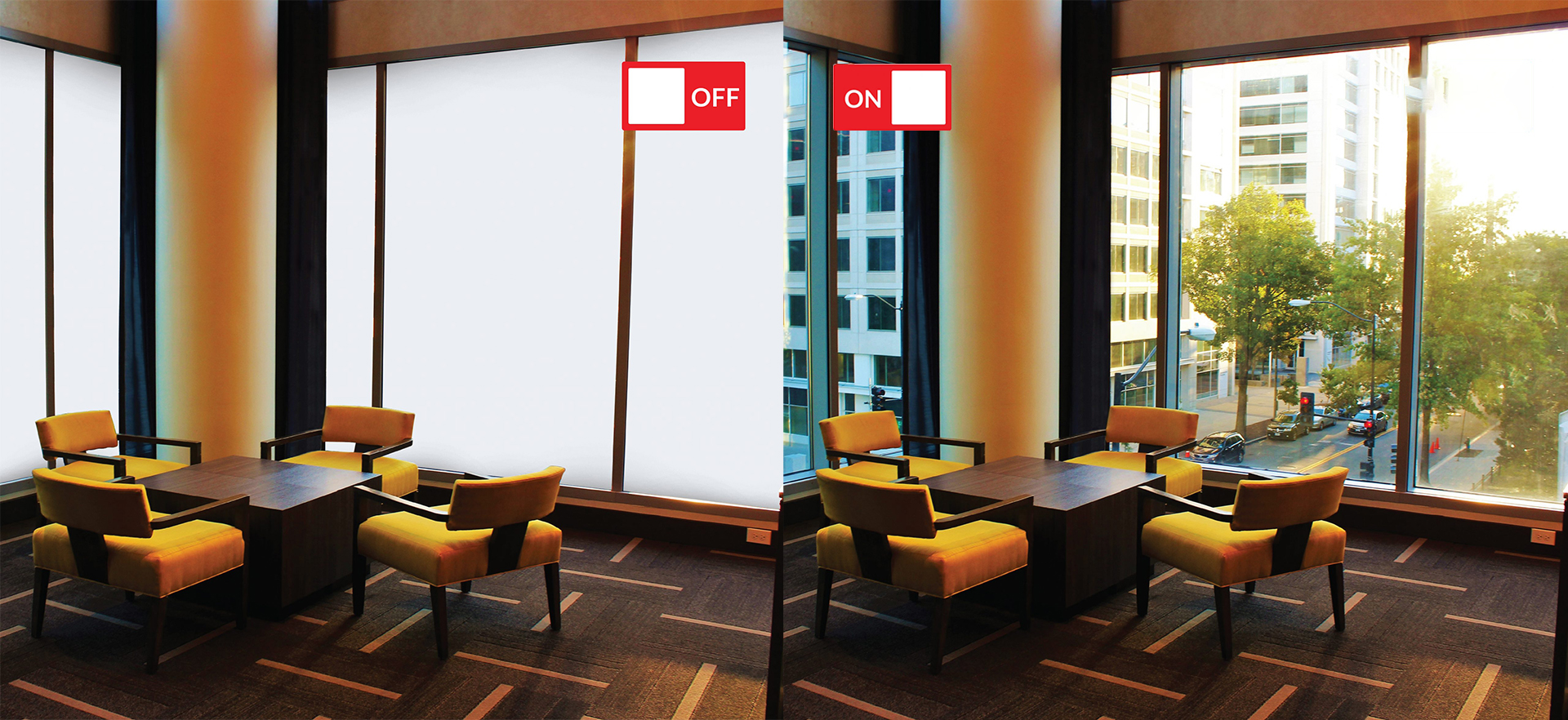Smart Film: Revolutionizing Modern Living with Advanced Technology

Smart Film: Revolutionizing Modern Living with Advanced Technology
Smart film, also known as switchable film or electrochromic film, is an innovative technology that is transforming the way we interact with glass and surfaces. This film can alter its transparency or opacity in response to an electrical current, offering a range of benefits for both residential and commercial applications. With its ability to dynamically control light, privacy, and energy efficiency, smart film is quickly becoming a key component in modern architectural designs and everyday life.

How Smart Film Works
At the core of smart film technology is a special material known as Polymer Dispersed Liquid Crystal (PDLC). This material consists of liquid crystals dispersed in a polymer matrix. When an electrical current is applied, these liquid crystals align, allowing light to pass through and making the film transparent. Conversely, when the current is turned off, the liquid crystals scatter, causing the film to appear opaque or frosted. This simple yet effective mechanism provides users with the ability to control the transparency of the film almost instantaneously.
Benefits and Applications of Smart Film
- Enhanced Privacy and Light Control One of the most significant benefits of smart film is its ability to offer both privacy and light control. In office spaces or homes, smart film can be applied to windows or partitions, allowing users to switch between a clear, transparent view and a frosted, opaque surface as needed. This makes it an ideal solution for conference rooms, bathrooms, or any space where privacy is crucial. Additionally, users can adjust the amount of natural light entering a room, helping to create a more comfortable and customizable environment.
- Energy Efficiency Smart film contributes to energy savings by improving temperature regulation inside buildings. In warmer climates, smart film can block heat and UV rays while still allowing natural light to enter, reducing the need for air conditioning. In colder climates, the film can help retain heat by reducing the amount of cold air entering through windows. This level of control over light and heat can lead to significant reductions in energy consumption and costs over time.
- Safety and Security Smart film enhances the safety and security of buildings. By making windows opaque at the touch of a button, it can prevent people from peering into private spaces, adding an extra layer of protection. Additionally, the film can act as a protective barrier, making windows more resistant to impact or breaking, as the film helps hold shattered glass together in case of accidents or break-ins.
- Aesthetic Appeal and Versatility The versatility of smart film is another reason for its growing popularity. It can be applied to a variety of surfaces, including windows, walls, and even skylights. Architects and interior designers use smart film to create modern, sleek, and functional designs that can quickly adapt to changing needs. Whether its used to create a seamless partition in a living room or to transform a conference room into a private space, smart film offers flexibility and style in interior design.
- Innovative Applications The potential applications of smart film extend beyond residential and commercial buildings. In the automotive industry, smart film can be used in car windows to adjust visibility and temperature inside the vehicle. It is also being explored for use in electronic devices such as smartphones, tablets, and televisions, where the display can change based on user needs or environmental conditions.

Challenges and Considerations
While smart film offers numerous advantages, there are some challenges that need to be addressed. The initial cost of installation can be relatively high compared to traditional glass or window treatments. Additionally, the film requires a consistent power source to operate, which could be a limitation in certain situations. Maintenance and durability are also important considerations, as the performance of the film could be affected by prolonged exposure to extreme weather conditions or physical wear and tear.
The Future of Smart Film
As technology continues to advance, the future of smart film looks promising. Researchers are working on improving the functionality of smart films, making them more affordable, durable, and energy-efficient. In the future, we may see even more applications in industries such as healthcare, transportation, and energy management. The growing trend toward smart homes and buildings, along with increased awareness of sustainability, is likely to drive the demand for smart films, making them a common feature in both residential and commercial spaces.
Conclusion
Smart film represents a groundbreaking innovation in materials science and technology, offering a wide range of benefits in terms of privacy, energy efficiency, safety, and aesthetics. As this technology continues to evolve, it has the potential to revolutionize the way we design and interact with our environments, making it an exciting development in the fields of architecture, interior design, and beyond. With the increasing demand for sustainable and customizable solutions, smart film is set to play a crucial role in shaping the future of modern living.